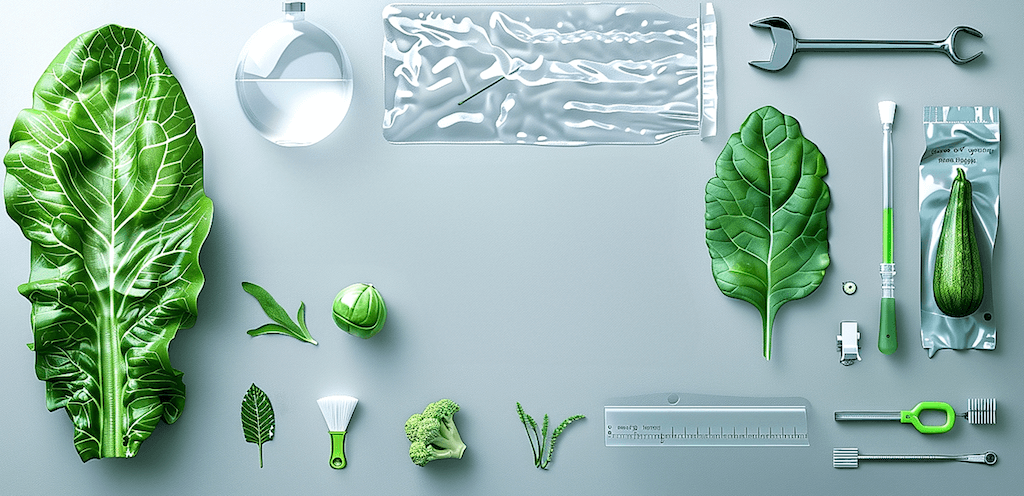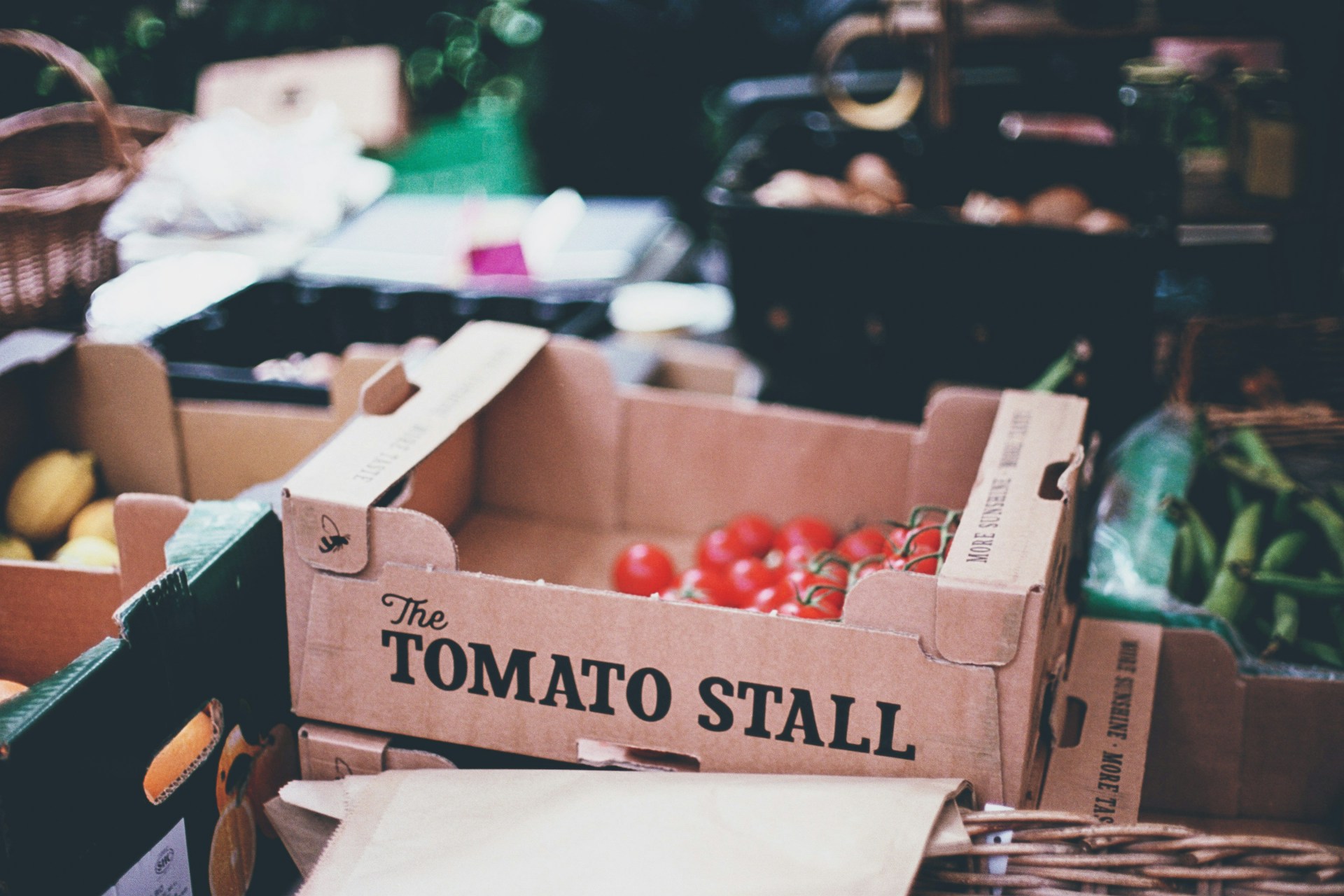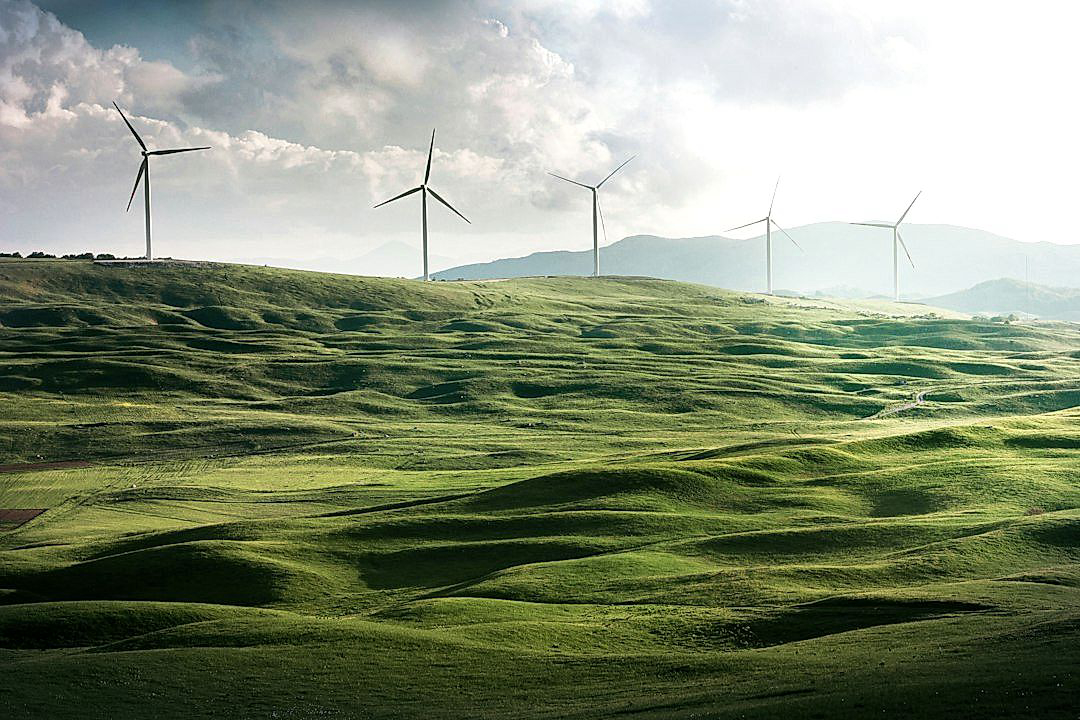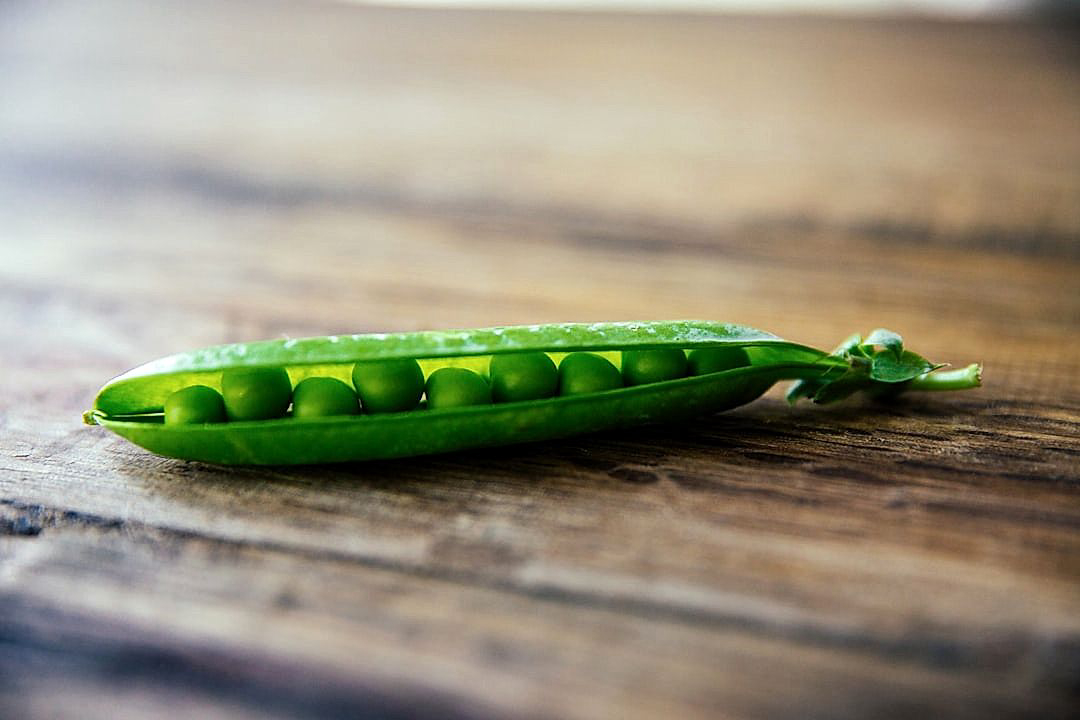Water scarcity is a growing concern worldwide that necessitates swift attention and sustainable measures.
Among the industries heavily reliant on this precious resource is the produce packing sector.
Given the high-water demand within this industry, it is crucial to establish effective conservation strategies.
Our thirst for water is unquenchable, leading businesses and industries to explore varying methodologies to cut down their consumption.
Implementing such practices isn’t just socially responsible, but economically beneficial as well.
In this context, we delve into various strategies that can assist in effective water conservation within the produce packing industry.
Contents
Strategies For Water Conservation In Produce Packing
1. Install Water-Efficient Packing Equipment
The first prominent step towards water conservation in produce packing is the installation of water-efficient packing equipment.
Such equipment is designed with intricate technological advancements, specifically to maximize productivity while reducing water consumption significantly.
Investing in water-efficient packing equipment may appear costly at first, but the return on investment comes promptly from the substantial savings on the water bills.
Water-efficient packing equipment does not compromise on the quality of the packing; in fact, it enhances it.
Some examples of water-efficient packing equipment are the use of packing machines that operate on low-flow, high-efficiency nozzles that use a minimal amount of water.
Another great example is the use of water recycling systems in the packing line which reuses water for multiple cycles.
The widespread adoption of these technologies across all stages of packing can significantly reduce the water footprint.
These practices are not beneficial just on the ecological front but also enhance operational efficiency and cost-effectiveness.
While the installation of such equipment may require considerable capital investment, the resultant water savings and improved efficiency make it a cost-effective proposition in the long run.
It’s not just about reducing water use, but also about creating an infrastructure wherein optimal use of every drop of water is ensured.
By installing water-efficient packing equipment, food businesses can substantially reduce their consumption of this precious resource, thereby making their operations more sustainable and future proof.
Moreover, water-efficient packing equipment also reduces the demand on municipal water supply systems, thereby contributing to the overall water conservation efforts.
In essence, the shift towards water-efficient packing equipment is not merely a trend but an essential strategy to drive sustainability in the produce packing industry.
Therefore, the installation of water-efficient packing equipment is a significant stride towards achieving the twin objectives of economic viability and ecological responsibility in produce packing business.
Incorporating water-efficient packing equipment, in conjunction with other water conservation strategies, can set the foundation for a sustainable, water-wise produce packing industry.
2. Reuse packing water for multiple cycles
The strategy of reusing packing water for multiple cycles offers a practical and effective approach to conserving water in the produce packing industry.
This method involves the recycling and treatment of used packing water, ensuring it remains sufficiently clean and hygienic for use across multiple packing cycles.
The foundational premise of this strategy lies in the observation that water used in produce packing is generally not heavily contaminated and, with appropriate treatment processes, can be rendered suitable for repeated use.
This strategy does not just save water but also contributes to cost savings in the long run.
Considering the increasing prevalence of water scarcity around the world, proactively finding ways like this to reduce water consumption is an admirable and required pursuit in all industries, including produce packing.
To successfully implement this strategy, however, a crucial requirement is the establishment of an effective water treatment and recycling system.
This system must be designed to remove any contaminants that may have been introduced during previous packing operations, thereby ensuring the water’s continued suitability for use.
Another key aspect of water reuse involves the proper monitoring and quality control of the reused water.
Rigorous testing protocols should be put in place to ensure that the quality of reused water continues to meet health and safety standards.
Furthermore, employees should be adequately trained and educated about the importance of water conservation and the specifics of the water reuse system.
This training ensures operational efficiency and reinforces the culture of water conservation within the organization.
In addition, it is important to remember that depending on the nature of the produce being packed, specific considerations may need to be accounted for to ensure the safety and integrity of the produce with regard to the use of recycled and treated water.
For instance, delicate fruits may require a certain water temperature or pH level to remain fresh and unspoiled.
The challenge of implementing the water reuse strategy is precisely where its innovation and sustainable commitment lie.
By rethinking our approach to water usage in produce packing and going beyond the traditional one-use approach, we are actively contributing to a more sustainable and responsible industry.
The water reuse strategy holds tremendous potential for water conservation, both in terms of quantity and in driving a mindset shift towards more sustainable water use practices.
3. Regularly monitor and fix leaks
One of the significant strategies for water conservation in produce packing is the regular monitoring and fixing of leaks in the water system.
Leaks can often be a hidden cause of wastage of considerable amounts of water if they are undetected or left unattended over extended periods.
The industrial water systems used for produce packing are complex and contain numerous potential points where leaks could develop.
Therefore, timely detection and fixing of these leaks can play a huge role in conserving water resources.
Whilst small leaks may seem insignificant, over time, they can cumulatively lead to considerable losses of water – waste that could have otherwise been avoided through regular check-ups and maintenance.
Regular inspection of valves, seals, and gaskets in the entire water system is necessary, as these are the common points of leaks.
Utilizing advanced leak detection technologies is an effective way to promptly pinpoint leaks even at their initial stages.
This could involve the use of acoustic devices or infrared thermography, which can identify anomalies in the water flow within the water system.
Fixing the leaks goes beyond just patching up the leaky spots, it also involves replacement of worn-out parts and upgrading old and inefficient equipment or facilities.
Staff training is also vital in implementing water conservation strategies as the concerned personnel should be able to identify signs of leaks and know the corresponding action to take.
Additionally, it is equally important to establish maintenance schedules so that potential leaks are caught and managed before they become bigger problems.
In some cases, computerized maintenance management systems (CMMS) can be used to remind and schedule regular maintenance tasks and ensure they are completed on time.
This approach goes a long way to reduce the frequency and severity of leaks, leading to a substantial cut-down on water wastage.
Regularly monitoring and fixing leaks is therefore a crucial step in crafting effective water conservation strategies in produce packing operations.
It is worth noting that besides conserving water, regular checks for leaks and their timely repairs also prolong the operational life of your water system , leading to savings in terms of costly replacements or major repairs.
4. Implement dry cleaning methods.
Within the scope of water conservation strategies in produce packing, there’s a growing spotlight on the implementation of dry cleaning methods rather than relying extensively on water-intensive cleaning procedures.
It’s important to understand that over-reliance on traditional water-based cleaning methods can lead to substantial water wastage.
Incorporating alternative cleaning methods can significantly reduce the water consumption rate in packing facilities.
Shifting toward dry cleaning methods in produce packing could be a highly effective strategy to drastically cut down on water usage without compromising the quality or safety of the produce.
Some produce, such as certain fruits and vegetables, may only require a minimal amount of water for cleaning.
By using techniques such as brushing, air-blasting, or even controlled use of certain biodegradable chemicals, we can achieve the same level of cleanliness with less water.
This alternative, less water-reliant method, is known as dry cleaning.
The significant advantage of dry cleaning is that it’s not only cost-effective but also environmentally friendly, given the reduced water wastage.
Produce packing facilities can start implementing dry cleaning methods in a phased manner starting with produce types that do not require intensive water-based cleaning.
It’s also worth noting that the introduction of dry cleaning methods may necessitate changes to the facility and staff training in order to ensure safety and effectiveness of the new cleaning process.
Furthermore, proactive monitoring is essential in ensuring that the implementation of dry cleaning methods does not adversely affect the quality of the packed produce.
In this regard, stringent quality controls and inspections ought to be put in place for auditing the impact of the new cleaning method on the produce quality.
Despite the initial costs and learning curve associated with implementing dry cleaning methods, the long-term water conservation benefits certainly outweigh these challenges.
The change will not only result in significant water savings but also in a more sustainable, environmentally friendly operation of the produce packing facility.
Last but not least, dry cleaning methods can open the door to new avenues of sustainability by propelling the produce packing industry towards a low water footprint and pushing the boundaries of water efficiency.
5. Use Renewable Water Source for Packing
One key strategy for water conservation in the produce packing industry involves the implementation of a renewable water source for packing tasks.
Renewable water sources such as rainwater harvesting systems can be established near or within the packing facility.
With this approach, you can collect, store and use rainwater for various packing procedures, greatly reducing the reliance on traditional water supplies.
The adoption of renewable water sources such as rainwater not only conserves water but also reduces utility bills for the packing facility.
This move also makes economic sense, as the initial cost of setting up these systems can be recouped over time through the savings made on water bills.
Moreover, using renewable water sources can improve the environmental sustainability of your packing operations.
This is because they lessen the strain on local water reserves and thus contribute towards the overall conservation of this precious resource.
It’s also noteworthy that using renewable water sources often results in lower levels of water contamination.
This can then have a positive effect on the quality of produce being packed, as well as on the surrounding natural environments.
However, when opting to use renewable water sources, it is critical to ensure that the water is properly treated and filtered before being used for packing.
This is to guarantee that the water meets the necessary health and safety standards.
Additionally, the use of renewable water sources should be complemented by effective water management strategies such as regular monitoring of water usage and prompt repair of leaks.
By doing so, you can ensure that water is not only sourced sustainably, but also used efficiently and responsibly.
In the end, the utilization of renewable water sources for packing is not merely a strategy for conserving water.
It is a wide-ranging approach that can bring about significant environmental, economic, and quality benefits for your packing operations.
The Bottom Line
Implementing water-saving measures such as the installation of water-efficient packing equipment and the use of renewable water sources play an integral role in promoting sustainable practices in business operations.
It becomes additionally effective when combined with practices like reusing packing water for multiple cycles and regular monitoring for leaks, both of which significantly reduce water wastage.
Transitioning to dry cleaning methods can also drastically decrease dependency on water, further demonstrating the considerable potential in harnessing such sustainable practices across all possible domains.
Overall, these actions serve as responsible steps towards achieving an efficient, environmentally friendly, and sustainable industry.




